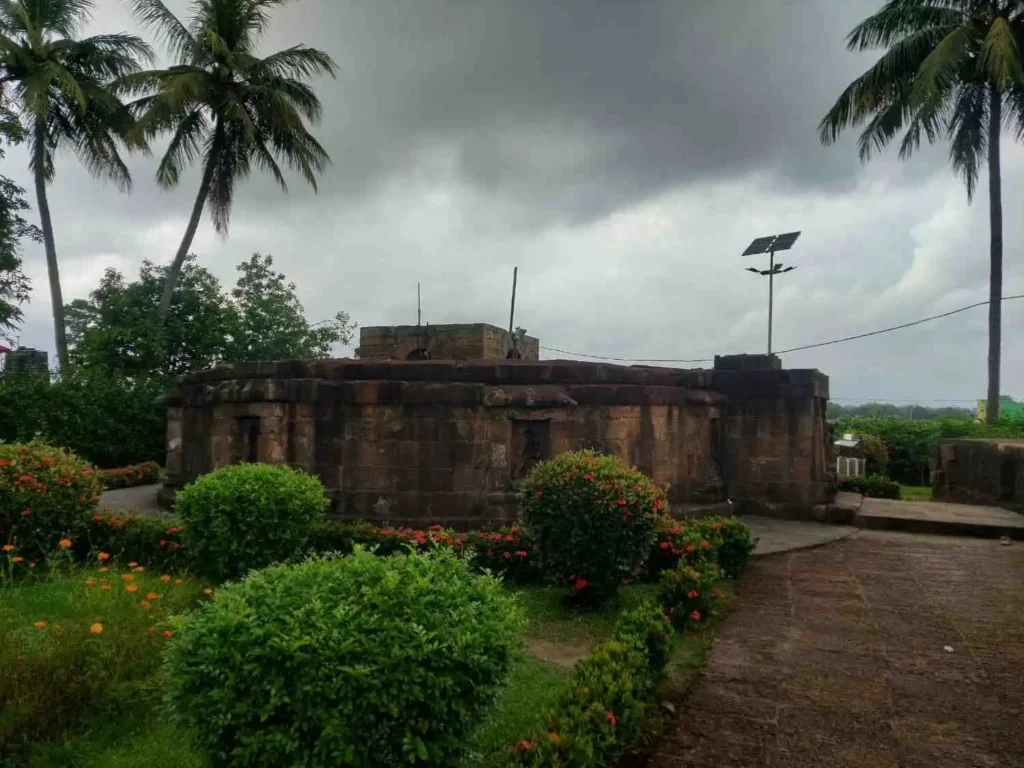Table of Contents
Introduction: The Divine Story Behind Jagannath Temple
To begin with, have you ever stood before the grand Jagannath Temple in Puri and wondered — Who built this magnificent structure? Who laid the foundation for such a towering symbol of devotion that has stood tall through centuries of storms, invasions, and time?
Now, let’s embark on a soulful journey that reveals not just who built the Jagannath Temple, but also how it became the beating heart of Odisha’s spiritual landscape and a beacon for devotees across the world.Who Built Jagannath Temple? — Here's the Answer
To begin with, the grand Shree Jagannath Temple of Puri was built by King Anantavarman Chodaganga Deva of the Eastern Ganga dynasty. Moreover, the construction took place between 1112 and 1148 AD. He was a powerful and deeply religious ruler. Initially, he began this monumental project at Shreekhetra Puri, a sacred town on India’s eastern coast.
Furthermore, his vision went beyond building a temple. In fact, he wanted to create a symbol of spiritual unification. As a result, the temple became a sacred space where different sects—Shaiva, Vaishnava, and Shakta—came together. Ultimately, they united under the powerful idea of Jagannath consciousness.Architectural Wonders of the Temple: Built to Withstand Time
- Built using superior-quality Kandolite stones.
- Constructed on a 20-feet high platform, the main tower rises 214 feet above road level.
- Designed in Pancharatha style of Odisha temple architecture.
- Initially covered in lime plaster to protect it from the salty sea breeze and corrosion.
Conservation Through the Ages: Not Just Stones, But Devotion
- Prataprudra Dev (1504–1532 AD) applied lime plaster to protect from saline weather.
- British period and post-Independence efforts involved major restorations under the Archaeological Survey of India (ASI).
- Massive efforts from 1992 to 1993 helped stabilize the sanctum after structural damage, during which the deities were temporarily shifted.
People Also Ask (FAQs)
1. Who built Jagannath Temple and when?
2. What materials did they use to build this Temple?
3. Why is Jagannath Temple so famous?
4. What is unique about this Temple architecture?
5. Is this Temple the tallest in India?
The Spiritual Significance: More Than Just a Monument
For devotees, the Jagannath Temple isn’t just a structure of stone — it’s a living embodiment of faith. Every ritual, every sound of the conch, and every chime of the temple bell echoes centuries of bhakti, community, and divine love.
Whether it’s the mysterious absence of shadow at noon or the reverse direction of temple flags fluttering against the wind, this temple stands as a symbol of the inexplicable connection between man and the divine.Your Turn to Feel the Divine Energy
So, if you’re planning your next spiritual journey, be sure to include the iconic Jagannath Temple of Puri on your itinerary. After all, this isn’t just a monument built with bricks — it’s a living legacy crafted with bhakti and devotion.
Come, connect with the divine and carry the spirit of Puri with you.


